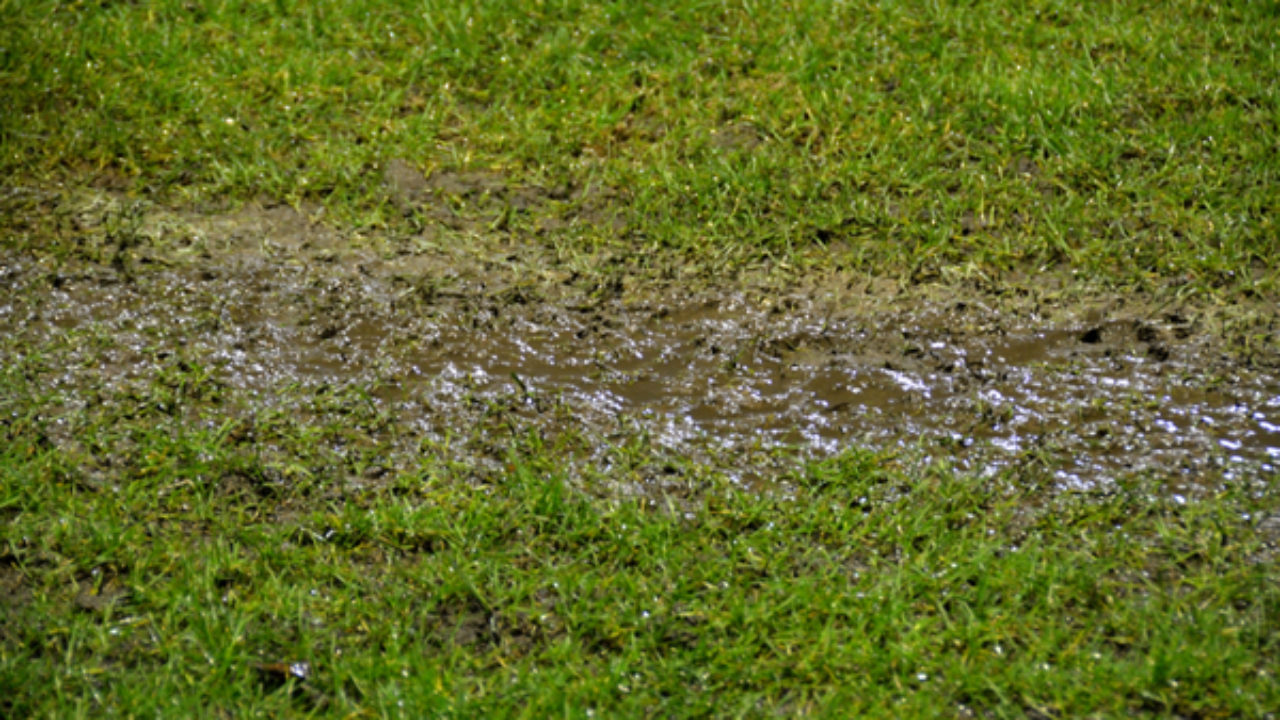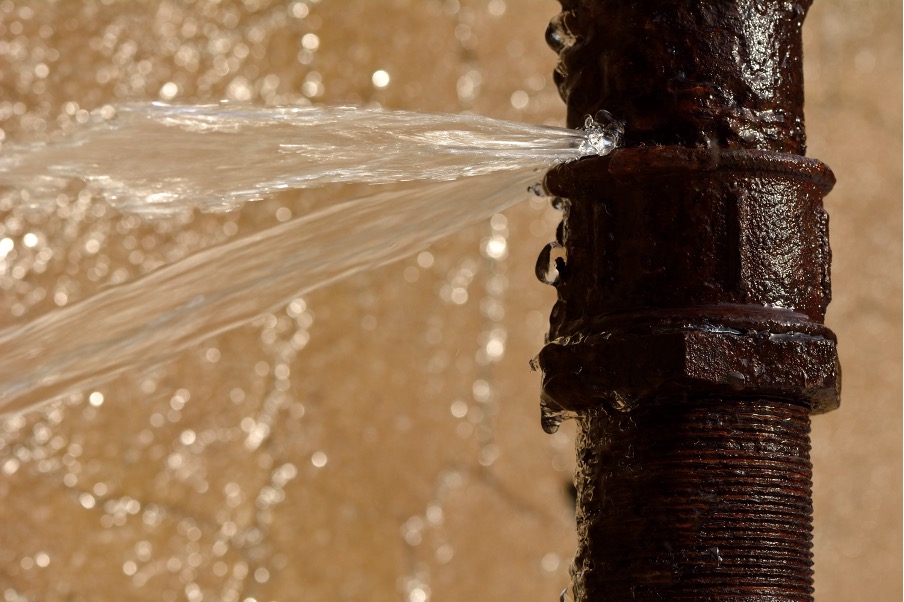6 Ways to Find Concealed Water Leaks in Your Home
6 Ways to Find Concealed Water Leaks in Your Home
Blog Article
What're your insights and beliefs on Leaking water lines?

Early detection of leaking water lines can minimize a prospective calamity. Some small water leakages may not be noticeable.
1. Check Out the Water Meter
Every residence has a water meter. Examining it is a guaranteed way that helps you uncover leaks. For starters, switch off all the water sources. Make sure nobody will purge, utilize the tap, shower, run the cleaning equipment or dish washer. From there, go to the meter and also watch if it will alter. Considering that no one is utilizing it, there must be no motions. If it relocates, that indicates a fast-moving leak. Also, if you spot no changes, wait a hr or 2 and also inspect back once more. This indicates you may have a slow leakage that can even be below ground.
2. Examine Water Usage
If you detect sudden changes, despite your usage being the very same, it indicates that you have leaks in your plumbing system. An abrupt spike in your costs indicates a fast-moving leak.
A stable increase every month, even with the same behaviors, shows you have a slow-moving leak that's also gradually intensifying. Call a plumber to extensively check your residential or commercial property, specifically if you feel a cozy area on your floor with piping beneath.
3. Do a Food Coloring Examination
30% comes from commodes when it comes to water consumption. Test to see if they are running appropriately. Decrease flecks of food color in the tank and wait 10 mins. If the color in some way infiltrates your dish during that time without flushing, there's a leak in between the tank and also dish.
4. Asses Outside Lines
Do not forget to examine your outside water lines also. Examination spigots by connecting a garden pipe. Should water seep out of the link, you have a loosened rubber gasket. Replace this as well as make sure all connections are tight. It will assist obtain it professionally took a look at and also kept each year if you've got a lawn sprinkler system. One small leakage can squander lots of water and also spike your water bill.
5. Examine the circumstance and evaluate
Homeowners should make it a behavior to inspect under the sink counters and also also inside cabinets for any kind of bad odor or mold and mildew development. These 2 warnings show a leakage so timely interest is needed. Doing regular examinations, also bi-annually, can save you from a significant issue.
Check for stainings as well as weakening as a lot of pipelines and appliances have a life expectancy. If you suspect dripping water lines in your plumbing system, don't wait for it to rise.
Early discovery of dripping water lines can alleviate a potential calamity. Some tiny water leaks may not be noticeable. Checking it is a proven means that aids you discover leakages. One little leakage can squander lots of water and also spike your water expense.
If you think leaking water lines in your plumbing system, don't wait for it to escalate.
WARNING SIGNS OF WATER LEAKAGE BEHIND THE WALL
PERSISTENT MUSTY ODORS
As water slowly drips from a leaky pipe inside the wall, flooring and sheetrock stay damp and develop an odor similar to wet cardboard. It generates a musty smell that can help you find hidden leaks.
MOLD IN UNUSUAL AREAS
Mold usually grows in wet areas like kitchens, baths and laundry rooms. If you spot the stuff on walls or baseboards in other rooms of the house, it’s a good indicator of undetected water leaks.
STAINS THAT GROW
When mold thrives around a leaky pipe, it sometimes takes hold on the inside surface of the affected wall. A growing stain on otherwise clean sheetrock is often your sign of a hidden plumbing problem.
PEELING OR BUBBLING WALLPAPER / PAINT
This clue is easy to miss in rooms that don’t get much use. When you see wallpaper separating along seams or paint bubbling or flaking off the wall, blame sheetrock that stays wet because of an undetected leak.
BUCKLED CEILINGS AND STAINED FLOORS
If ceilings or floors in bathrooms, kitchens or laundry areas develop structural problems, don’t rule out constant damp inside the walls. Wet sheetrock can affect adjacent framing, flooring and ceilings.
https://www.servicemasterbyzaba.com/blog/how-to-detect-water-leakage-in-walls/

Do you appreciate reading up on Leaking water lines? Give a remark further down. We would be glad to hear your opinion about this write-up. Hoping that you visit us again before long. Are you aware of anybody else who is truly interested in the niche? Take a moment to share it. I appreciate reading our article about Top leak detection hacks.
Report this page